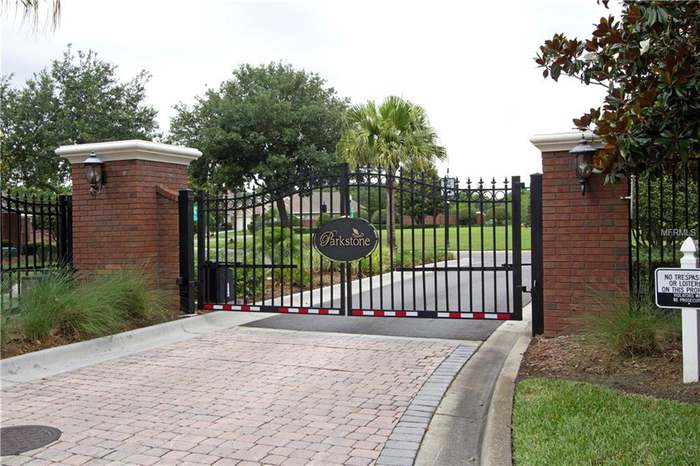
Guest Contributor
Bob Sibley, Parkstone HOA President
Originally published in the Parkstone HOA newsletter, January 2024, page 7. Reproduced with permission.
For those homeowners who may have not heard about Parkstone’s long-running artesian well situation with the City of Winter Springs and the St. John’s River Water Management District, the following will bring you up to date as to where it stands currently.
An artesian well is a man-made well with sidewalls (also called “casings”) for support and stability. These sidewalls are usually made of metal or ceramic materials, sometimes even concrete. The water from this Parkstone well is clear, clean, potable, and comes directly from the Upper Floridian Aquifer, the largest underground river in Florida.
Many years ago, a Consumptive Use Permit was issued to the City of Winter Springs for the use of our water as the backup resource for a reclaimed water facility that was to be built in nearby Central Winds Park.
Unfortunately, that idea, while a good one, never panned out as envisioned. The main source of that water — polluted Lake Jessup — caused so many problems with that facility that it was off-line more than it was able to function. Over 90% of the time during the last 10 years, since it was constructed, it remained idle. The filters never worked properly due to the nature of the terrible source water from Lake Jesup.
Had Winter Springs used our artesian well water as the primary input source from the very beginning, that treatment plant would have worked extremely well and justified the $3 million investment the city made in it.
So, for more than a decade now, Parkstone has been talking to officials of Winter Springs and the St. John’s River Water Management District to encourage them to use our valuable water resource. Most of our discussions have failed because the City does not see the advantages of using water from our well — a well which is less than one mile away from the Central Winds plant’s location. No explanation has ever been given from this mistake.
Meanwhile, Parkstone has had the burden of maintaining the land around our well and the City has not reimbursed us for the thousands of dollars Parkstone had to invest in keeping the land around the well stable and safe.
This burden has amounted to over $115,000 since Parkstone was first created by a developer named Centex. Because the statute of limitations has long since passed, we cannot go back to the developer and demand restitution for the problem this uncapped well has left us with. Florida law required Centex to cap this well when Parkstone was being created but that company was able to get a waiver from the SJRWMD to avoid taking on any financial responsibility for capping it. They claimed it was not possible to do, under circumstances in existence at the that time, namely the more time and money necessary to find the “wellhead.”
So, Parkstone has been trying since then to get us heavy-duty help in fixing a situation that we ourselves did not create…just inherited.
Because this is an ongoing difficulty that we need to resolve, our efforts have been to try and get the political leaders in Seminole County and the state capitol to go to bat for us in this matter. The response has been favorable, but nothing serious has yet occurred. There are plenty of funds available for this type of situation in Tallahassee and we are trying to obtain some of them.
If our efforts pan out, it well end a long-running issue that we need to get help solving. Stay tuned. We will keep everyone informed of any favorable results that we can secure as we move forward.